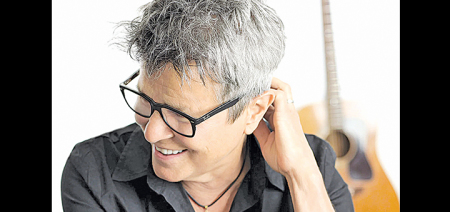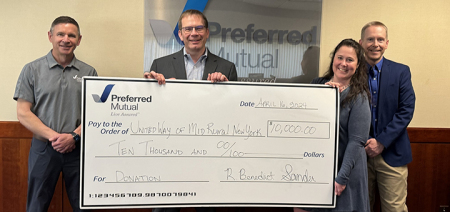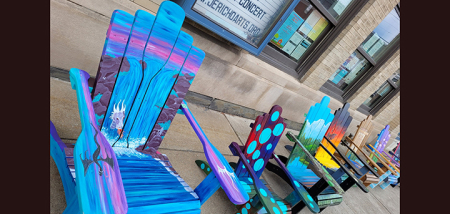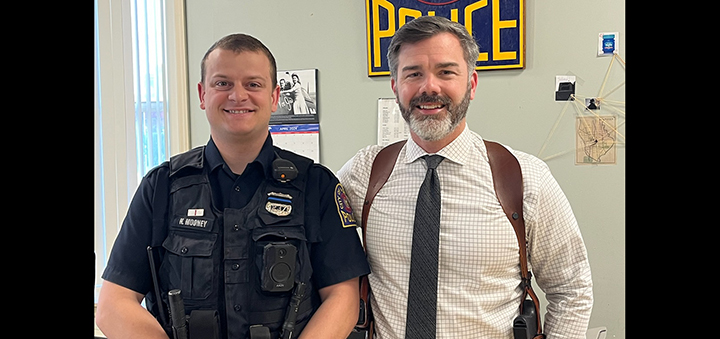Sweet Land Of Liberty
Published:
June 13th, 2014
By Nat Hentoff
NEA Columnist
For years I have been reporting on and learning from ASCD, previously the Association for Supervision and Curriculum Development. Its characteristic challenge to teachers in "The Myth of Student Engagement" (inservice.ascd.org, April. 15) begins:
"Each day that you enter your classroom, are you educating students? Or are you teaching at them?
"Do your lessons only improve their academic knowledge? Or do they foster their personal growth?"
And then: "You could shift your perspective to stop teaching at students and begin learning about them."
In a few places around the nation, it's not only ASCD asking and doing something about these questions. Before examining where this is happening, I cannot resist starting with a single teacher who is answering those questions by herself -- without the exceptionally knowledgeable and creative ASCD staff.
New York Daily News reporter Megan Monk shows how "a Queens second-grade teacher is cultivating lifelong learners through hands-on activities in her school garden" ("Queens teacher takes learning from the classroom to the garden," Megan Monk, New York Daily News, June 6).
At Public School 146 in Howard Beach, Jodi Tucci got approval from her school to plant "a garden on the property where the children could learn about plants, bugs, ecosystems and clouds in a real-world environment."
She tells the Daily News: "This is the best way for them to get excited and motivated about what they're learning."
That isn't all her kids are learning about. Monk writes: "To supplement what they study in school, Tucci's class takes trips to museums, aquariums and historical sites in Manhattan."
Remember: These are second-grade students.
Tucci discusses her methods with the Daily News: "When they look at the exhibits we visit, the students remember everything I taught them. I link these trips to what we learn in the classroom to make it a real-life experience."
Getting back to the garden, she also uses it "as a space for her pupils to read outdoors."
And dig this: "She allows them to choose their own books based on what they are interested in learning about."
Wow! That's how I got so much of my education, from elementary school on.
For instance, at the public library near my home, the librarian, seeing what I was reading, broke the rule that limited the number of books borrowed per visit at certain ages and gave me whatever volumes I chose.
"Inspired by teachers who taught her to value knowledge," Monk writes, "(Tucci) studied education and anthropology and set out to become a teacher who would influence others to explore the world around them."
And I treasure this credo from Jodi Tucci herself:
"I always wanted learning to make sense and to be motivating and fun. I want children to love learning."
If I still had children of a very young age, I'd strongly consider moving near Public School 146 in Howard Beach, Queens, so they'd get to know and be known individually by Jodi Tucci.
In addition to Tucci and Public School 146, the expansion of children's diverse learning experiences is underway in certain school districts around the country, as we'll see as this series continues.
A leading facilitator of this expansion is the National Center on Time and Learning in Boston (also with a Washington, D.C., office). Its president, Jennifer Davis, explains to Charlie Boss of The Columbus Dispatch:
"There is a need and feeling from teachers that they need more time to build (students') skills and collaborate with their peers" ("Students can get help in person after hours," Charlie Boss, The Columbus Dispatch, Sept. 22, 2013).
"Schools and school districts and families don't want the curriculum to be narrowed. They want to have a broader educational experience."
This is covered further in the summary of an NCTL report ("The Case for Improving and Expanding Time in School") found on the organization's website: "Schools that have broken from the bounds of the conventional calendar and schedule offer promising alternatives to the status quo" ("Why Time Matters," timeandlearning.org).
And according to the executive summary of a different NCTL report ("Time Well Spent"): "Many of the high-performing, expanded-time schools in this report place a premium on providing a broad array of learning opportunities in such areas as the arts, foreign languages, hands-on science, business, community service and leadership" (timeandlearning.org).
Meanwhile, the Center for American Progress references another NCTL report in a recent article on expanded school days. The report cited, among others, Roger Williams Middle School in Providence, Rhode Island. (Williams, an independent religious leader during our early, pre-Revolution years and one of the first anti-slavery abolitionists here, is one of my primary American heroes.)
At this school, "where the majority of students are poor, with many coming from non-English-speaking homes and nearly one-quarter receiving special-education services," there is collaboration "with three community partners to provide students with a robust arts program, which is integrated throughout the school's curriculum, along with a variety of after-school offerings" ("All Hands on Deck: How Expanded Learning Time and Community Partners Can Benefit Students," Tiffany D. Miller, americanprogress.org, May 19).
Were Roger Williams still here, I think he would audit some of those programs.
I became belatedly interested in these liberations of the joyful surprises of learning from Charlie Boss' report in The Columbus Dispatch:
"Hilliard (Ohio) students now have a place where teachers help with homework assignments, college counselors hold office hours, and computers are available -- long after the school day ends."
Next week: More on what a memorable adventure it is to go to certain schools in Ohio. Maybe we'll have a next president who'll spend some time there.
Comments





